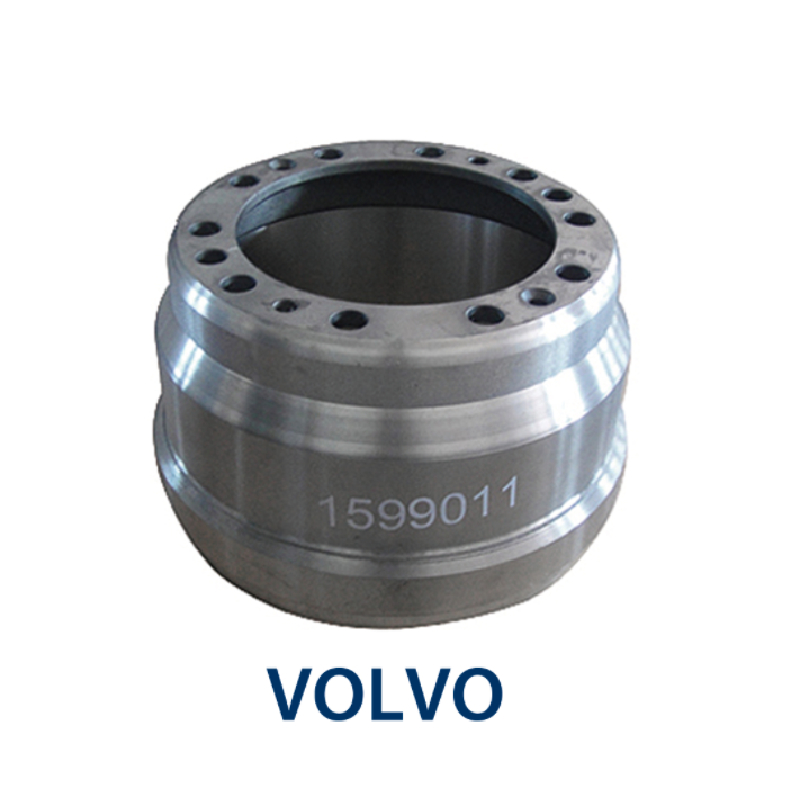Dec . 18, 2024 15:49 Back to list
Comparing Brake Pads and Brake Drums for Optimal Vehicle Performance and Safety
Brake Pads vs Brake Drums Understanding the Differences and Making the Right Choice
When it comes to vehicle braking systems, understanding the components involved is crucial for both safety and performance. Among these components, brake pads and brake drums play significant roles in how effectively a vehicle can stop. While they serve the same fundamental purpose of slowing down or stopping a vehicle, they operate on different principles and have distinct characteristics. This article will explore the differences between brake pads and brake drums, their advantages and disadvantages, and considerations for choosing the right type for your vehicle.
Brake Pads The Disk Brake Component
Brake pads are an essential part of disc brake systems, which are now common in modern vehicles. They consist of a friction material attached to a backing plate. When the driver presses the brake pedal, hydraulic pressure forces the brake caliper to push the pads against the rotor (the disc). This friction slows down the vehicle.
Advantages of Brake Pads 1. Heat Dissipation Disc brakes, with their brake pads, tend to dissipate heat better than drum brakes. This is crucial because excessive heat can lead to brake fade, where the effectiveness of the brakes diminishes. 2. Better Performance in Wet Conditions Brake pads generally perform better in wet conditions. The open design of disc brakes allows water to escape, ensuring consistent performance even in the rain. 3. Ease of Maintenance Changing brake pads is typically easier and quicker compared to changing brake drums, which often require more extensive disassembly.
Disadvantages of Brake Pads 1. Cost Brake pads can be more expensive to replace than some types of brake drums, especially high-performance variants. 2. Dust Production Brake pads, particularly those made from certain materials, can produce significant brake dust, which can lead to unsightly wheels and require more frequent cleaning.
Brake Drums The Drum Brake Component
Brake drums are typically used in older vehicles and in certain trailer and heavy-duty applications. They consist of a cylindrical drum that spins with the wheel, and when the brakes are applied, shoes press against the inside of the drum to create friction.
brake pads vs brake drums

Advantages of Brake Drums 1. Cost-Effectiveness Brake drums are often cheaper to manufacture and replace than brake pads, making them an economical choice for some vehicles. 2. High Friction Surface Area Drum brakes can offer a more significant surface area for friction, which may provide stronger braking force in certain conditions. 3. Less Dust Drum brakes generate less dust than some types of disc brakes, leading to cleaner wheel wells and tires.
Disadvantages of Brake Drums 1. Heat Retention Brake drums can retain heat, which may lead to brake fade during extended use, such as in mountainous driving situations. 2. Performance in Wet Conditions Drum brakes are often less effective in wet weather since water can accumulate inside the drum, leading to reduced friction and potential brake slippage. 3. Maintenance Complexity Changing brake shoes in drum brakes can be more complicated and time-consuming than changing the pads in disc brakes.
Making the Right Choice
When deciding between brake pads and brake drums, several factors should be considered
1. Vehicle Type Most modern vehicles are equipped with disc brakes (and therefore brake pads) on the front axle, while some may still use drum brakes on the rear. Consider the design of your vehicle’s braking system. 2. Driving Conditions If you frequently drive in heavy traffic, mountainous areas, or wet conditions, brake pads may provide the reliability and performance you need. 3. Budget If cost is a significant concern and your vehicle does not require high-performance brakes, brake drums may be an acceptable choice.
Conclusion
In conclusion, understanding the differences between brake pads and brake drums is essential for making informed decisions about vehicle maintenance. Brake pads offer advanced performance, especially in modern vehicles and challenging conditions, while brake drums provide cost-effective alternatives under certain circumstances. Always consider your specific driving needs and consult with a professional mechanic to ensure your vehicle’s braking system operates safely and effectively.
By knowing your options, you can ensure that your vehicle is equipped with the right brakes for optimal performance and safety on the road.
-
Your Brake Drum Man: Quality & Performance Parts
NewsAug.21,2025
-
Explore Japan: Ultimate Travel Guide & Authentic Experiences
NewsAug.19,2025
-
Your Brake Drum Man: Premium & Reliable Brake Drums for Sale
NewsAug.18,2025
-
ROR Web Development: Build Fast, Scalable, Secure Apps
NewsAug.17,2025
-
Scania Brake Drums: OEM Quality for Optimal Safety & Durability
NewsAug.16,2025
-
R.V.I: Advanced Remote Visual Inspection for Precision
NewsAug.15,2025
